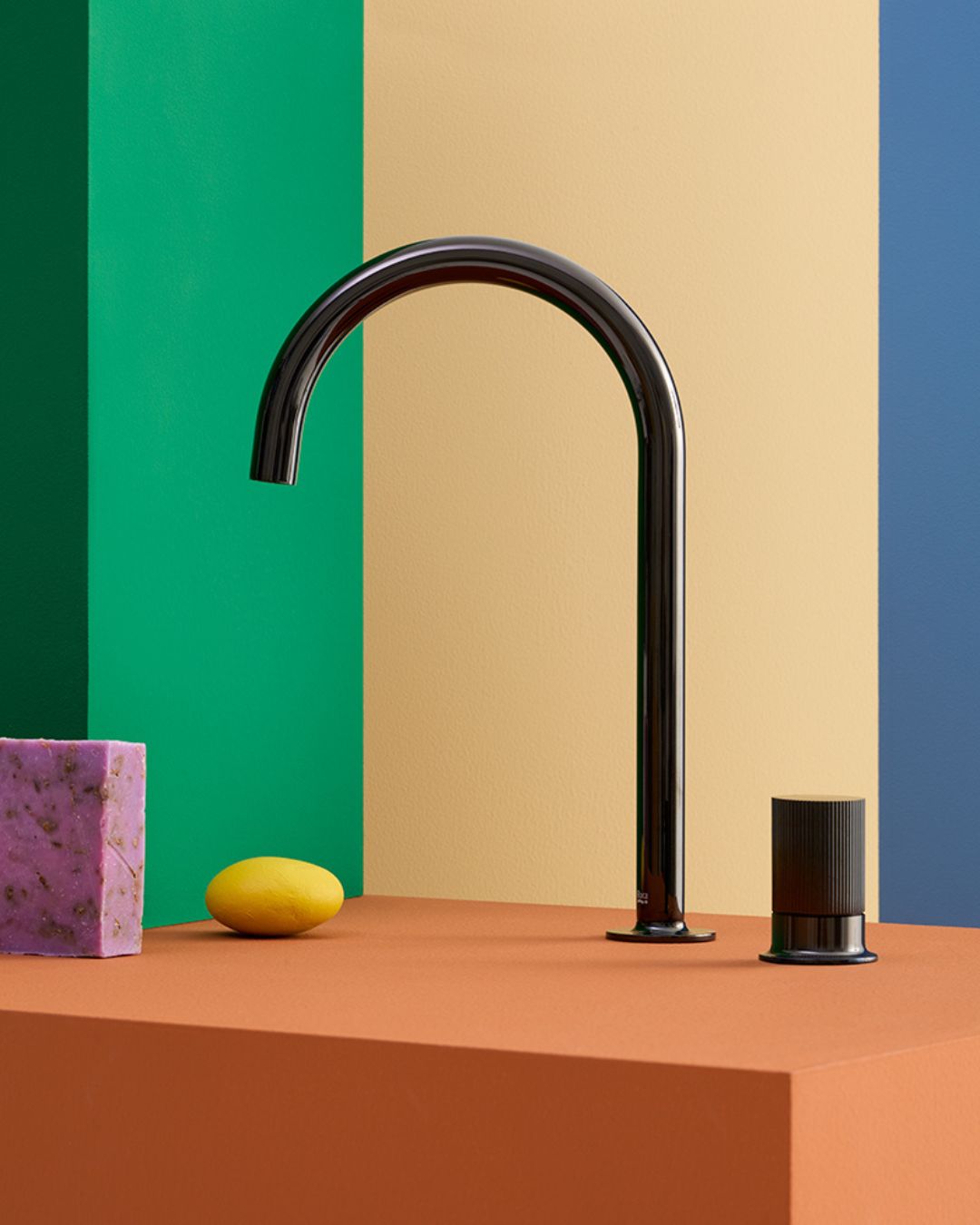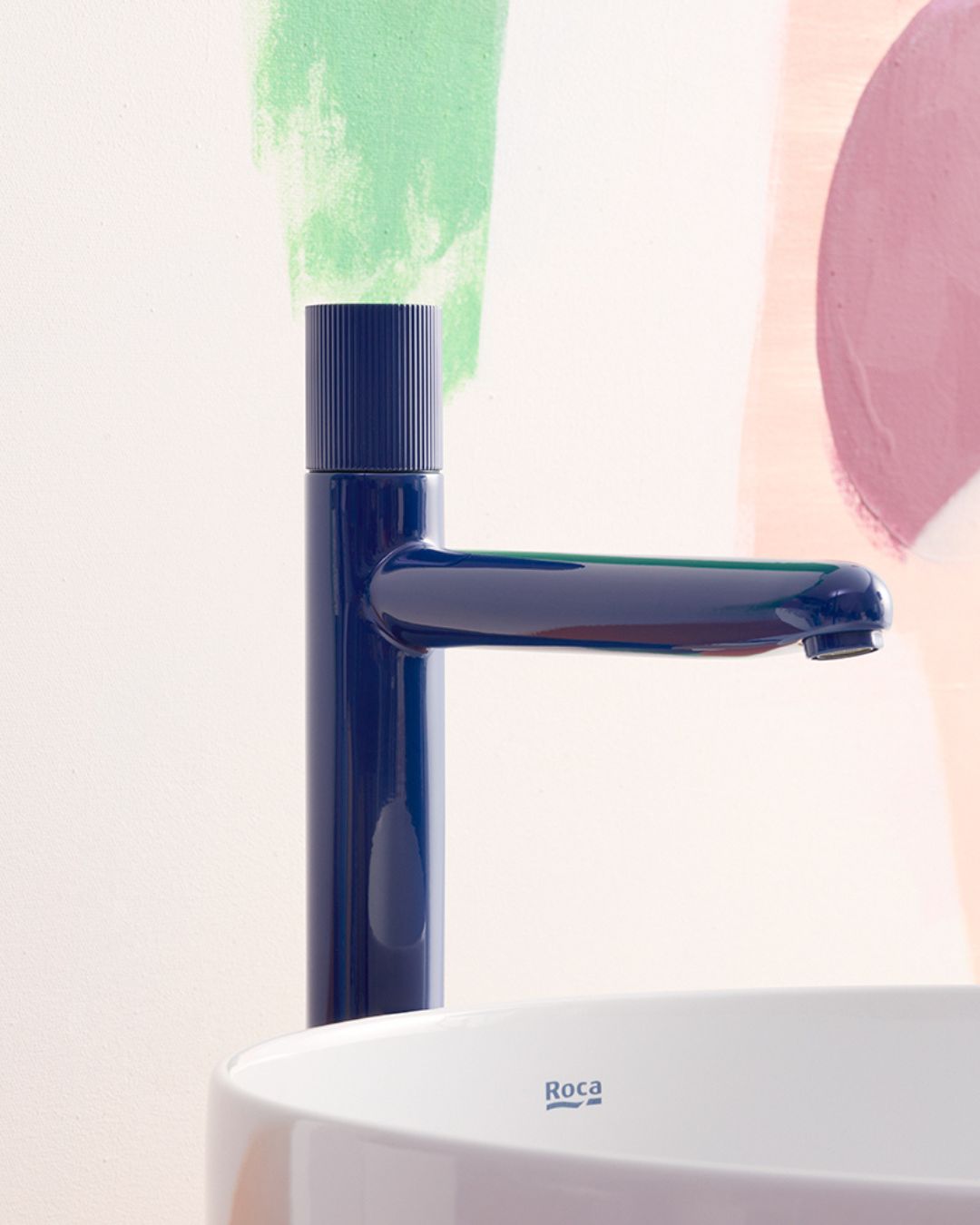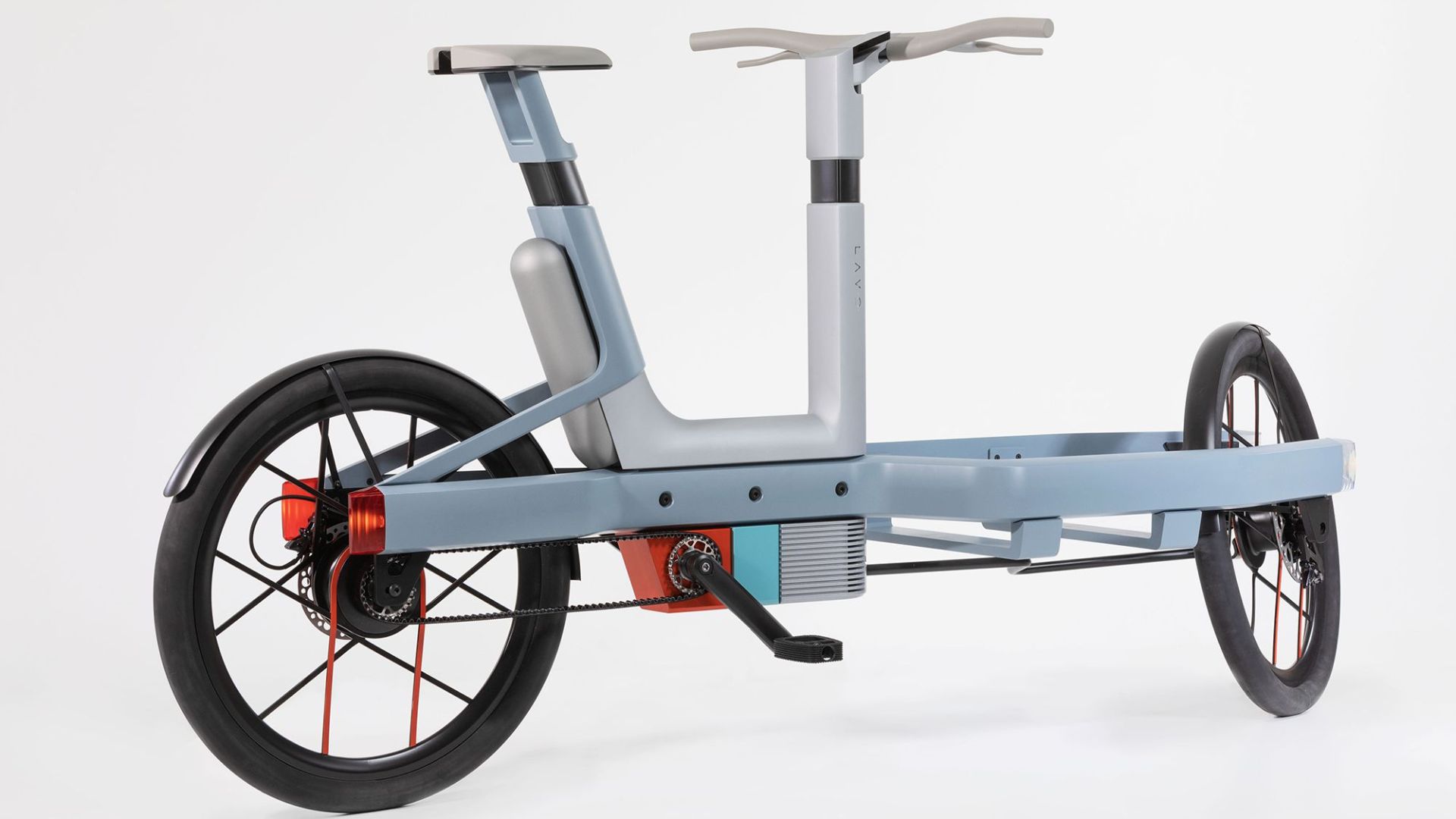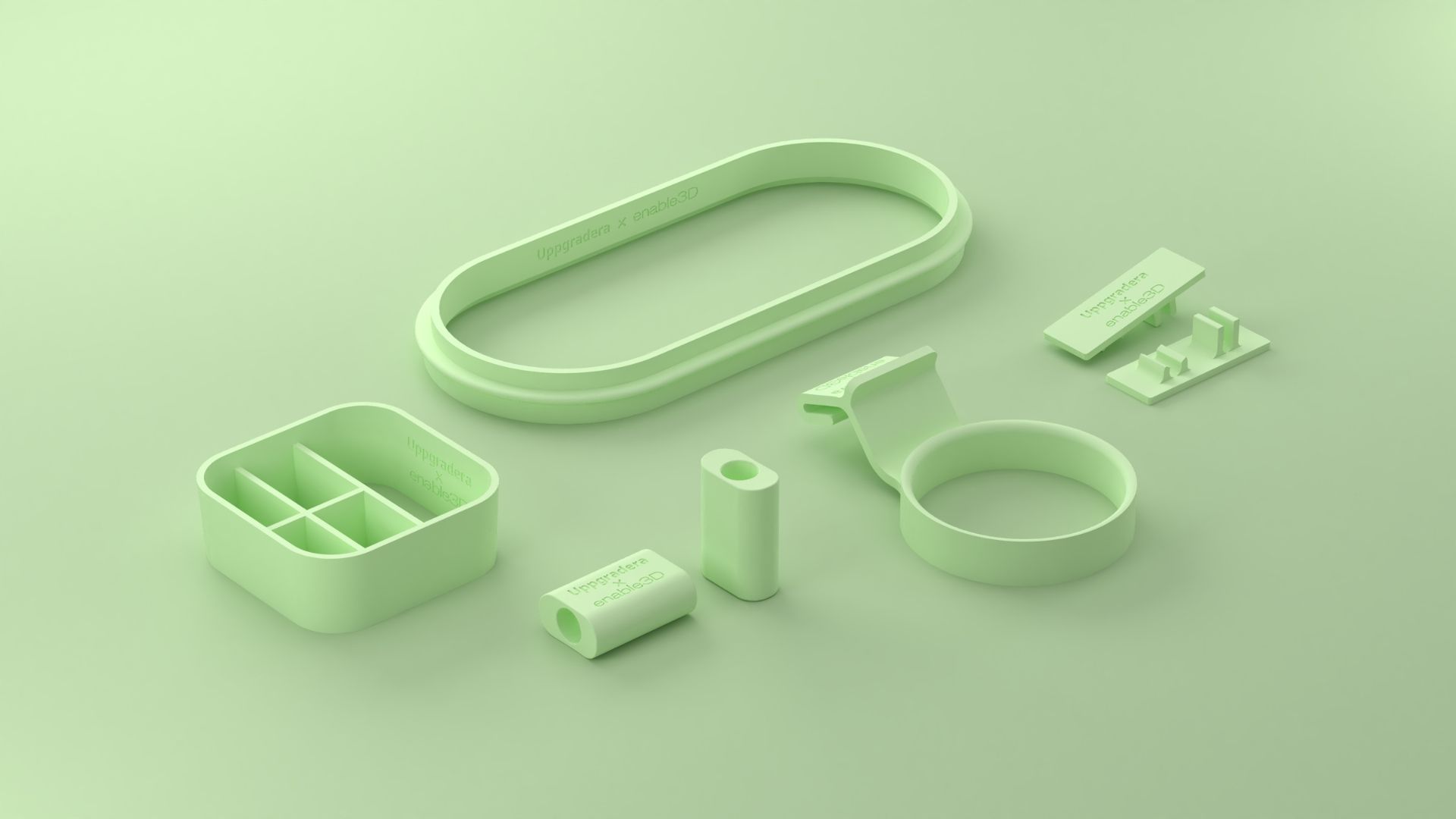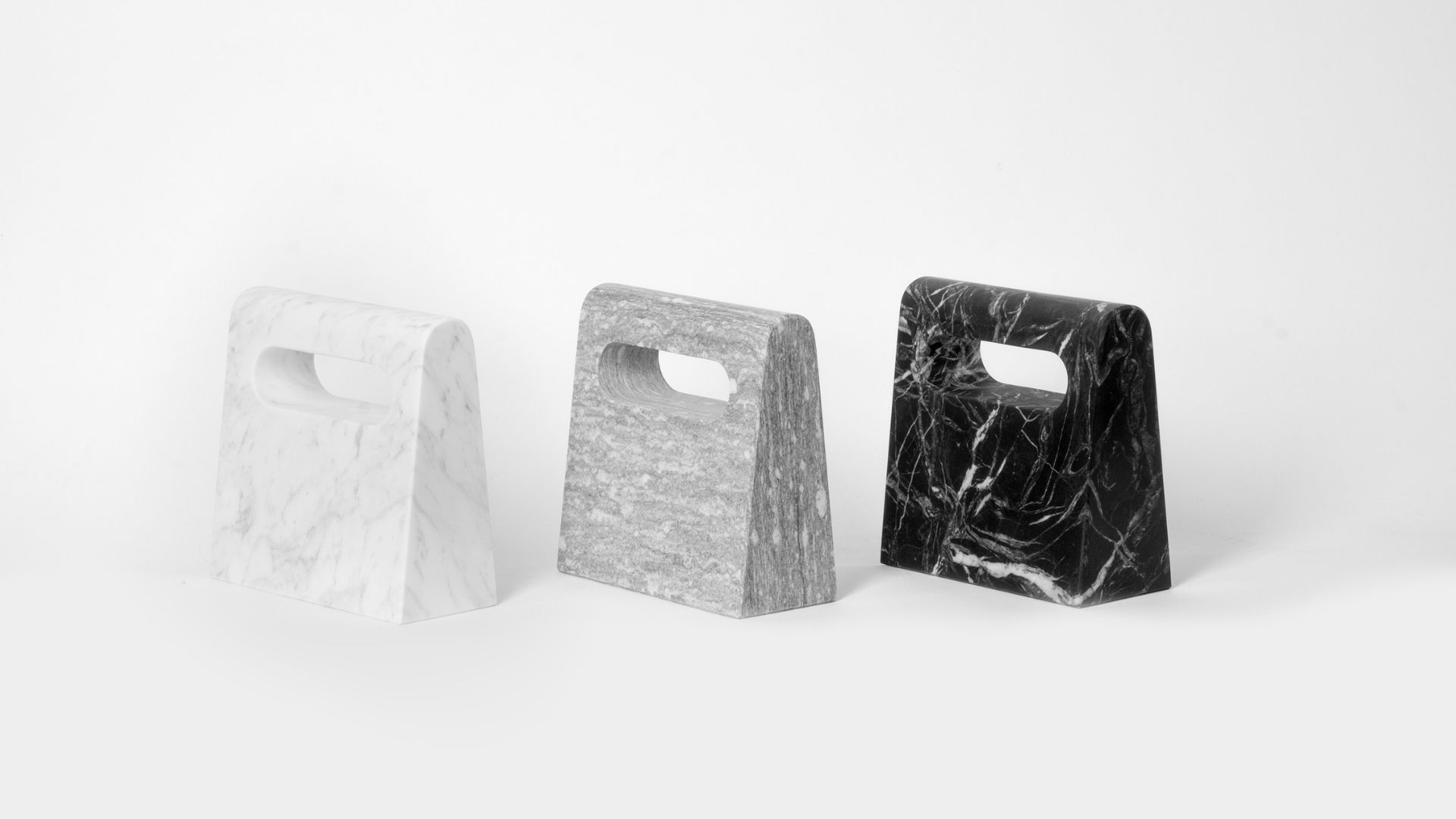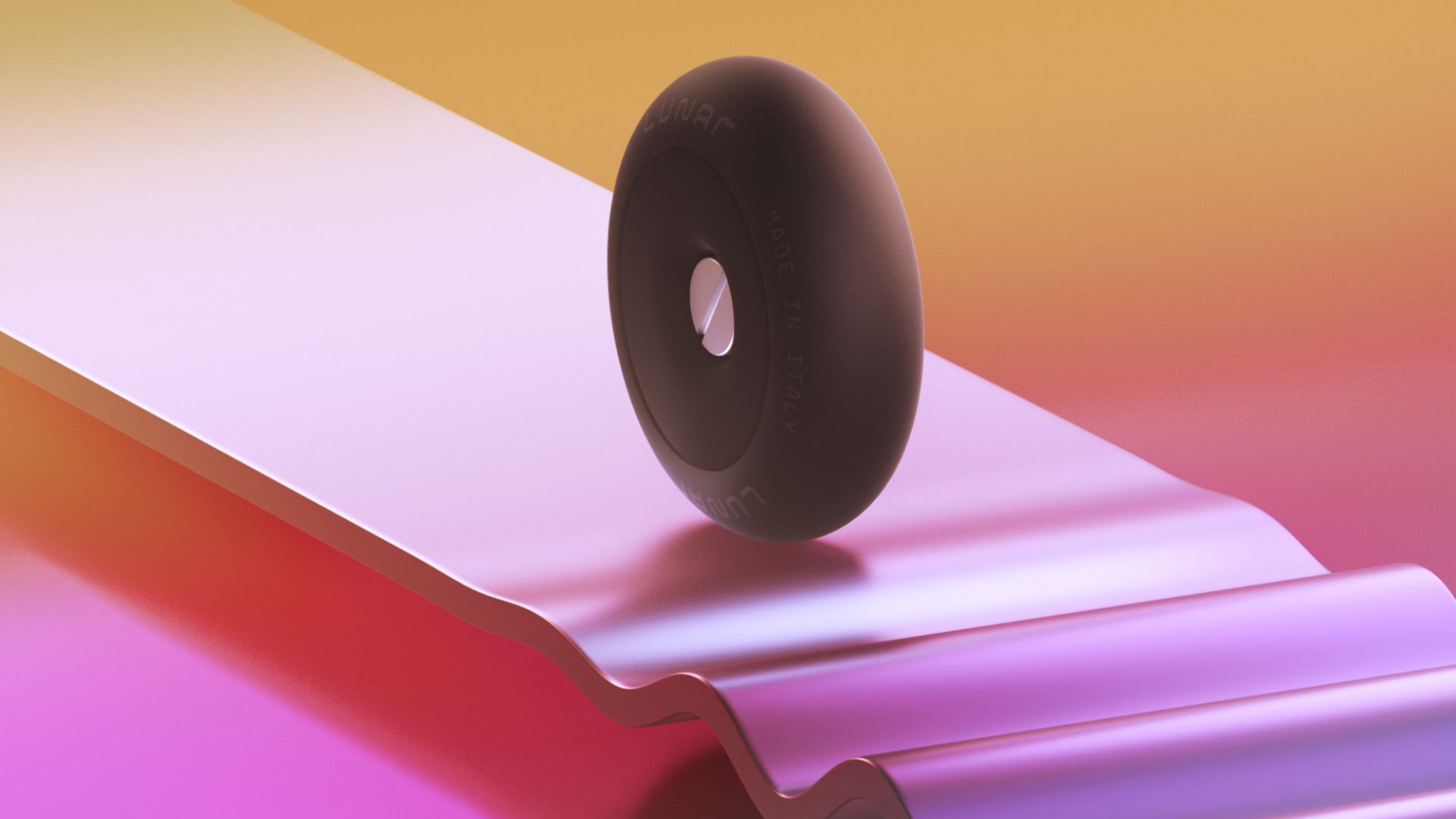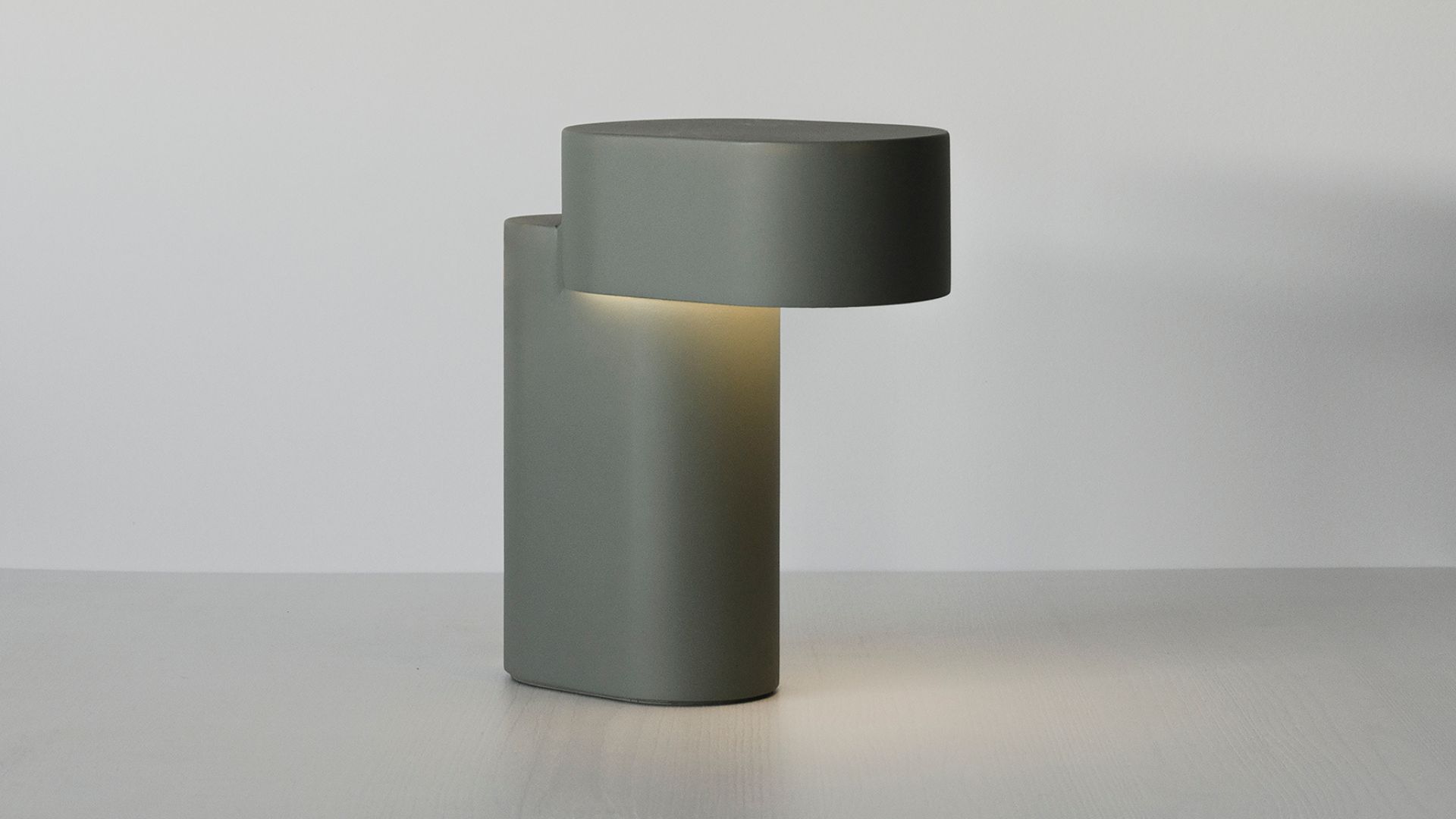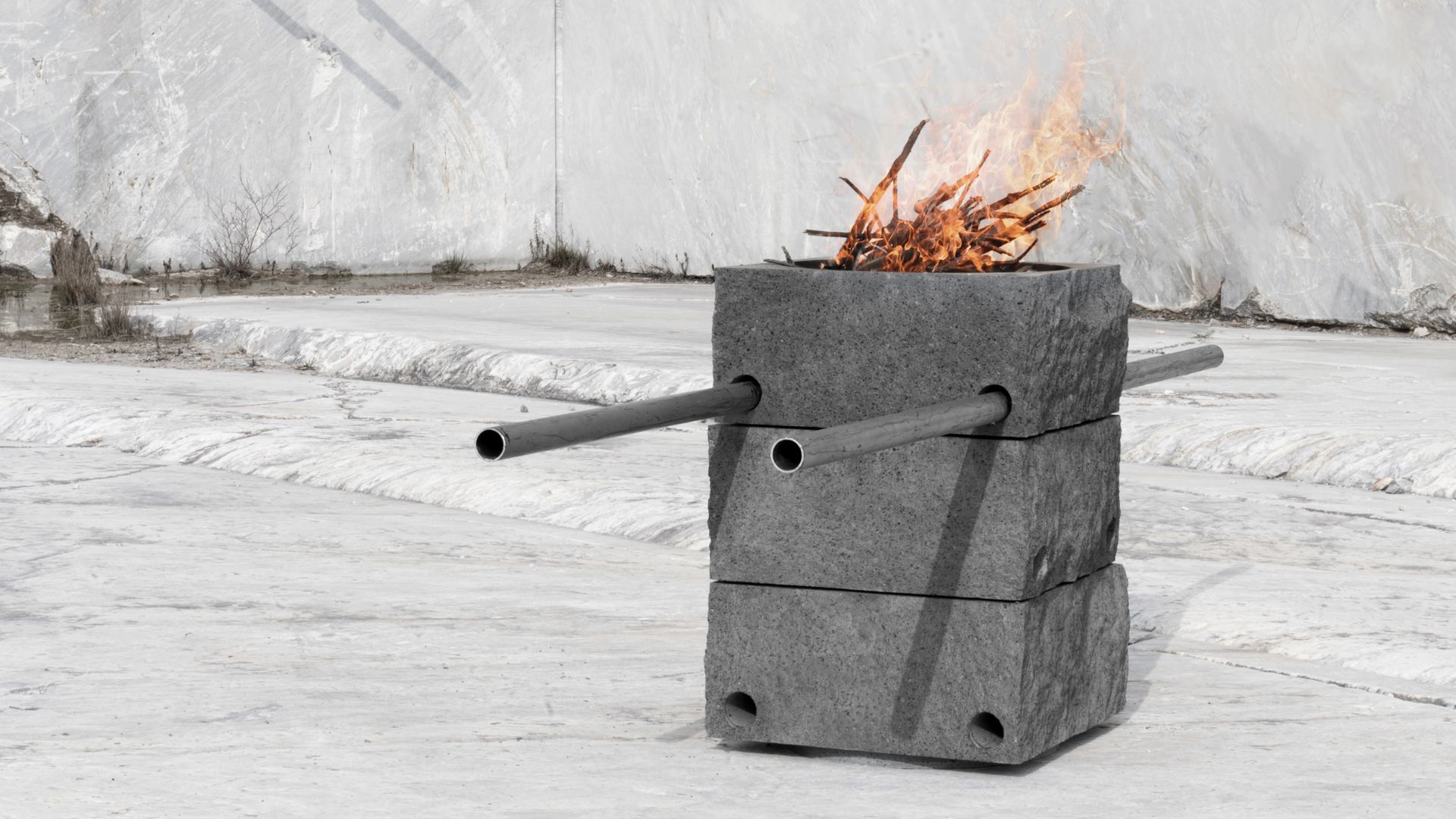From faucets to feminism: an interview with Inma Bermúdez
Valencia-based Inma Bermúdez Studio discusses the NU Collection, gender in Design, and why simplicity matters.
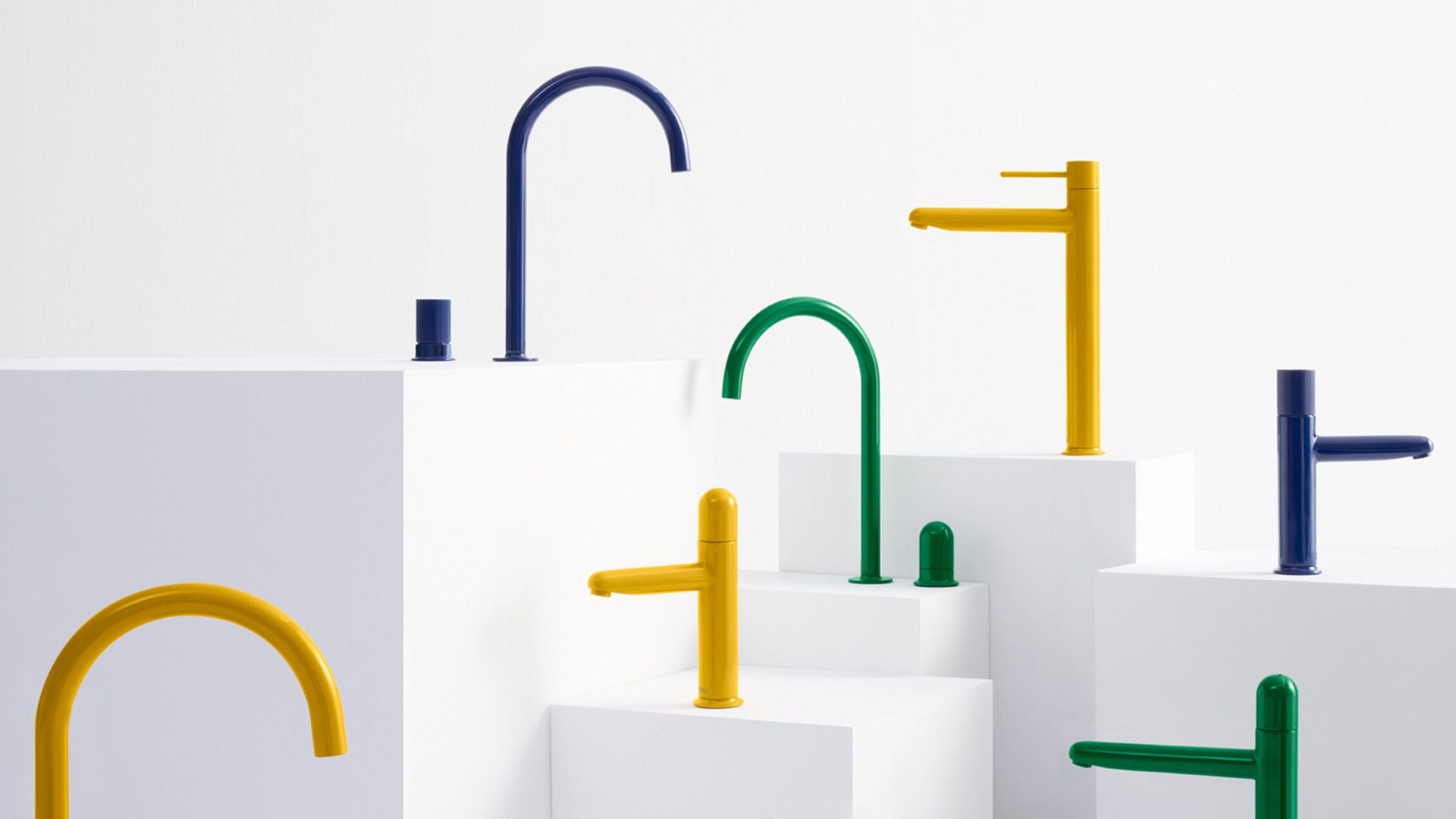
My conversation with Inma Bermúdez began on a casual note, lounging on a couch with loud music playing in the background. Yet, as we dug deeper, it became evident that Inma’s perspectives on design, progressive values, and the role of women are anything but ordinary. Her thoughtful insights into current circumstances highlighted how reflective and forward-thinking the Valencia-based design studio is. Inma doesn’t merely talk about crafting beautiful objects; she delves into how design intersects with broader issues such as environmental responsibility and gender equality.
One of the key takeaways from our late August discussion was Inma’s blend of seriousness about future challenges with a refreshing sense of not taking everything too seriously. A conversation between Inma Bermúdez and Moritz Krefter, who share their love, life, and world.

A partnership built on trust and creativity
Inma’s partnership with Roca began serendipitously at the London Design Festival. Years later, this chance meeting blossomed into the NU Collection. “Our collaboration officially began in 2020, amidst the pandemic,” Inma reflected. “The process took over two years, and despite the global challenges, our partnership thrived.” She praised Roca’s dedication to innovation and their significant resources, which allowed them to develop over 30 mock-ups to perfect the design. “Roca’s constant support was crucial in realizing our vision,” she added.

Reimagining simplicity: the NU Collection
At the core of our discussion was her latest creation: the NU Collection—a testament to minimalist design and functional innovation. Designed by Inma and her partner, Moritz, for Roca, this collection embodies simplicity. “NU emphasizes simple forms, focusing on their essential expression,” Inma explained, her pride evident as she described the collection’s vibrant, playful palette.
The NU Collection features faucets with a slender 35-millimeter diameter, Roca’s thinnest to date. Available in three distinct handle designs—Pin, Dome, and Stripes—and a Mediterranean-inspired palette of green, blue, yellow, black, white, and chrome, these faucets offer a range of options for personalizing bathroom spaces. This approach reflects a broader trend where bathrooms, like kitchens, are being designed as integrated living spaces rather than purely functional areas. With the move away from traditional tiles and upper cabinets, and the introduction of new colors, the collection aligns with this evolving design philosophy, offering a fresh perspective on bathroom aesthetics.
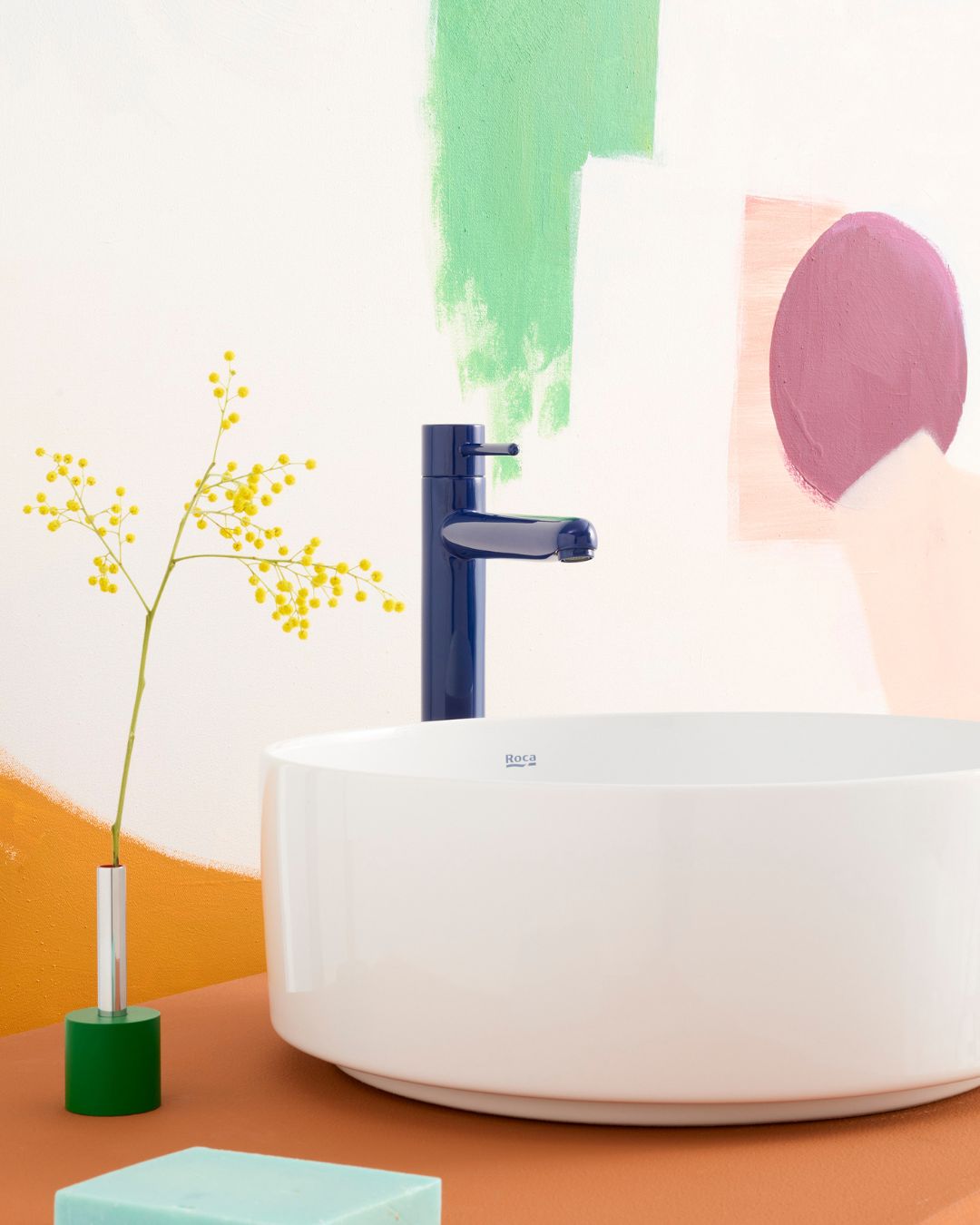
Beyond aesthetics, the faucets incorporate innovative features such as concealed aerators and the Cold Start system, which opens with cold water to reduce energy consumption and CO2 emissions. “Every detail counts,” Inma noted, pointing out the discreet red and blue dots under the handles that create a whimsical smiling face when the tap is turned on—a subtle touch that adds a playful connection to daily routines.
Designing for a livable future
For Inma Bermúdez, design transcends mere appearance; it’s a platform for advocating lasting quality and value. “There’s an urgent need for stricter regulations to ensure companies are accountable for their environmental impact,” she emphasized. Her commitment to eco-friendly practices is evident in the NU Collection’s design, which includes i.e. the elimination of single-use plastics in packaging.
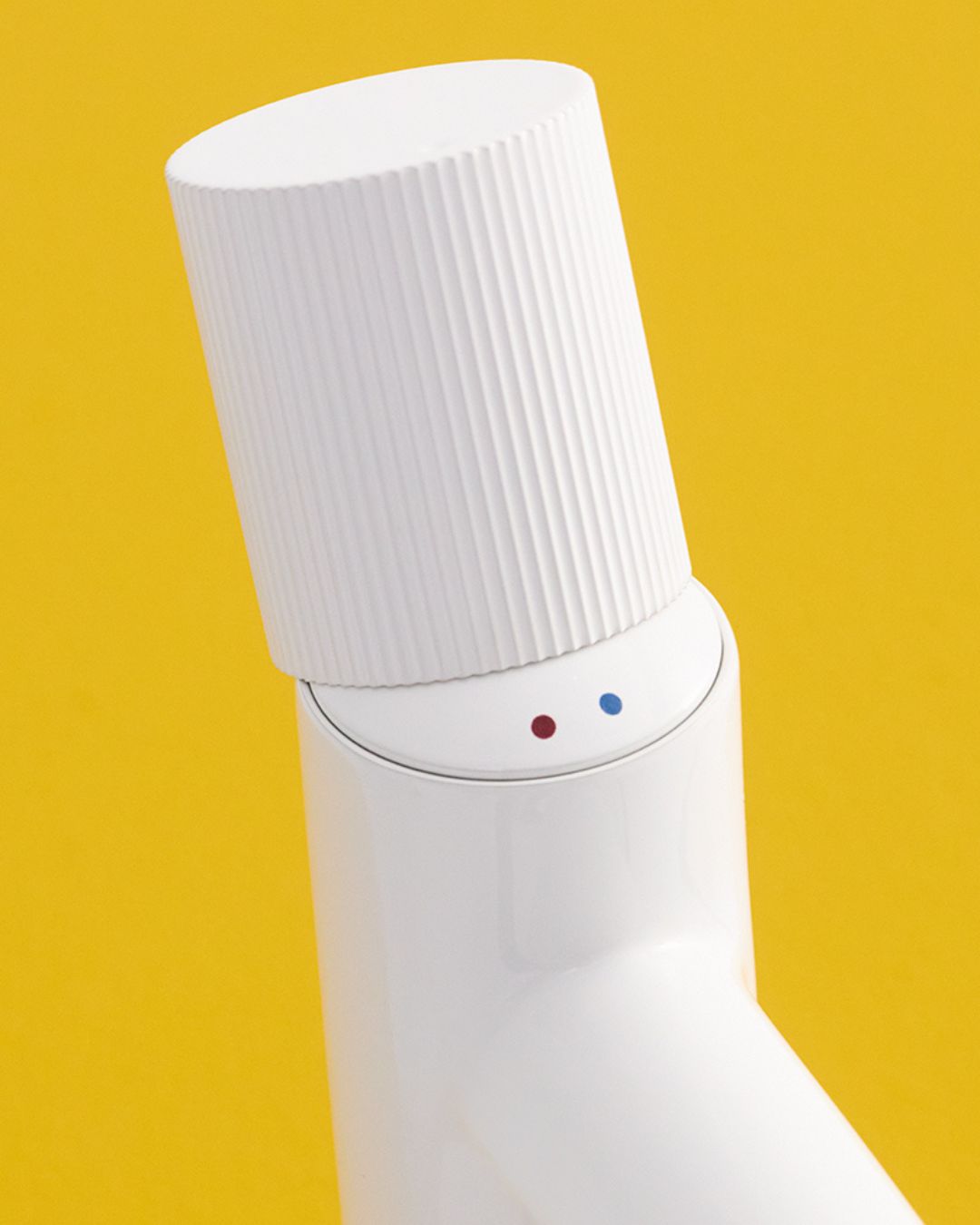
Championing female designers
Our conversation soon turned to the role of women in the design industry. When I asked Inma about the distribution of female versus male designers, she highlighted two key factors. “We don’t always seek the spotlight, which contrasts with the more ego-driven nature of the industry. We don’t need to put our names out there,” she explained. Another challenge she noted was the impact of family responsibilities. “At some point, you need to step aside for a while. Being a mother myself, the system generally doesn’t support women in balancing both career and family.” This struggle mirrors the often-heard difficulties of juggling personal lives and professional careers, a challenge that’s compounded by structural issues in the industry and yet, not solved.
This conversation also led me to reflect on the parallel between the push for stricter environmental regulations and the call for gender quotas. It’s an interesting comparison: while we actively advocate for more eco-regulations, we hope gender equality will naturally evolve over time. Yet, both issues require sustained pressure and attention to effect real change. This observation highlights that neither environmental nor gender equity issues will resolve themselves without continued focus and commitment.
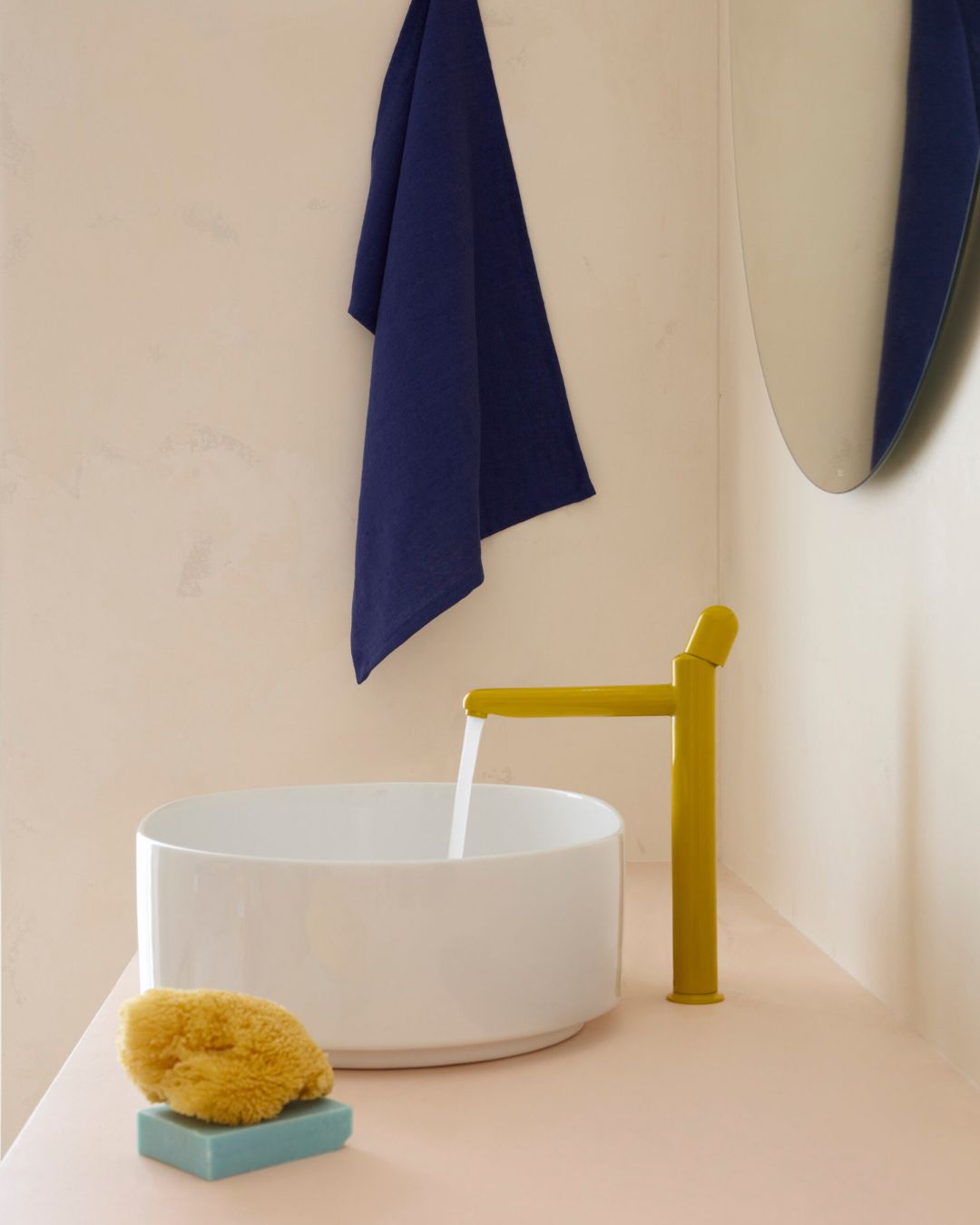
Despite these obstacles, Inma Bermúdez recognizes the substantial contributions of women within design studios. “It’s crucial for us, as women, to believe in our own potential,” she emphasized. She called for the industry to more actively recognize and support female designers and not just because its woke right now. When asked about her favorite female designers she’d like to have dinner with, Inma enthusiastically mentioned Hella Jongerius, Sabine Marcelis, and Mette Hjort, underscoring the need for greater visibility and acknowledgment of women’s achievements in the field.
Innovation through research and development
Looking ahead, Inma calls for increased investment in research and development to tackle industry challenges. “We need innovative thinkers to explore future solutions,” she asserted. Additionally, she advocates for a reevaluation of design education in colleges and universities, emphasizing the need for a fresh perspective on teaching design.
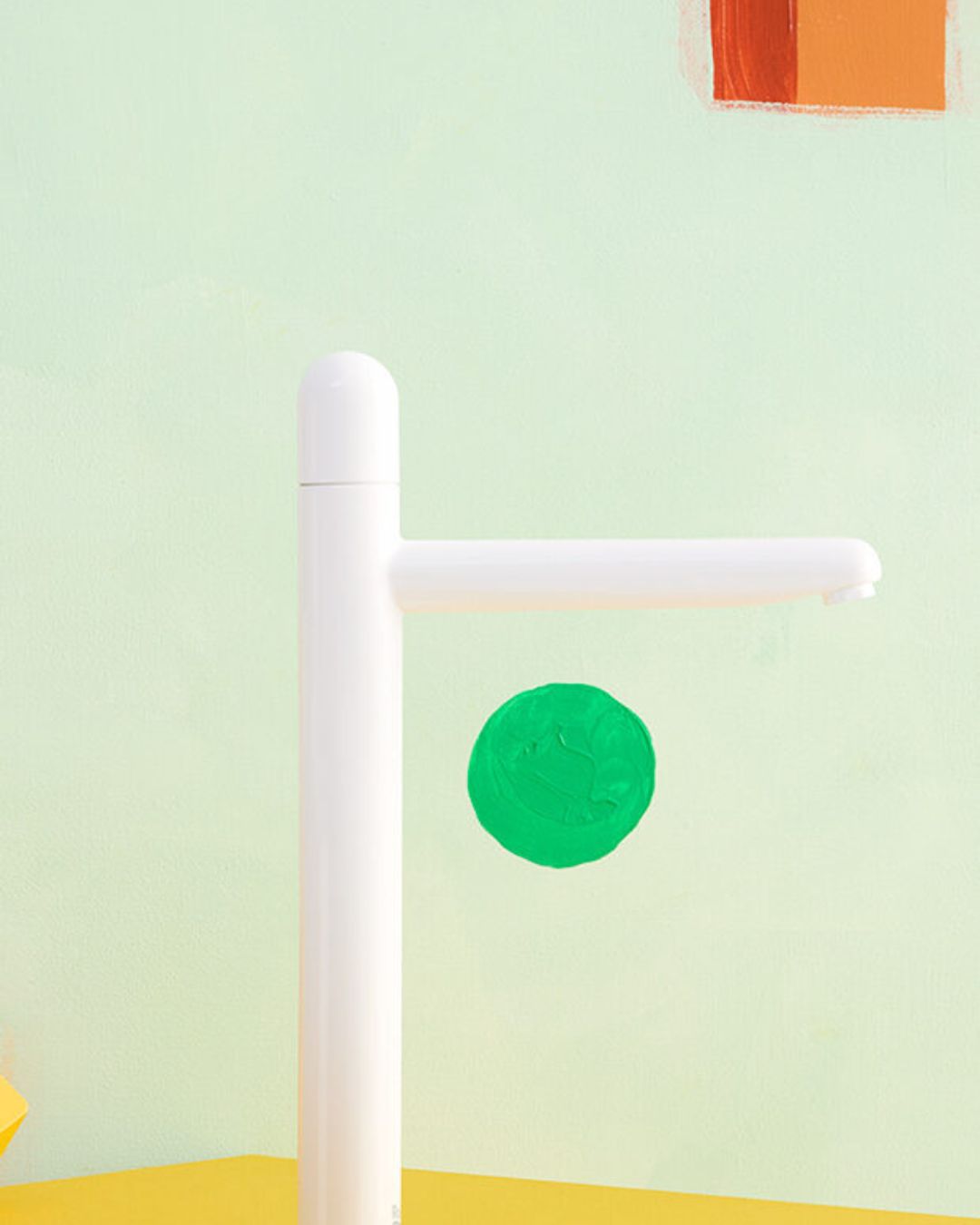
Our discussion with Inma Bermúdez and Moritz Krefter was a profound exploration of design, persistence, and the imperative for diversity in the industry. Inma Bermúdez Studio is more than just a design firm; they are visionaries pushing for a responsible and innovative future. The NU Collection stands as a testament to their philosophy—a fusion of beauty and functionality that encourages us to rethink our spaces and our impact on the world while living the little joyful moments of simple being.
As we concluded our conversation, Inma’s words resonated deeply: “We need solutions more than products.” This call-to-action challenges us to rethink our approach to design and our responsibility towards creating a more valuable future.
Many thanks Inma and Moritz for your time.





